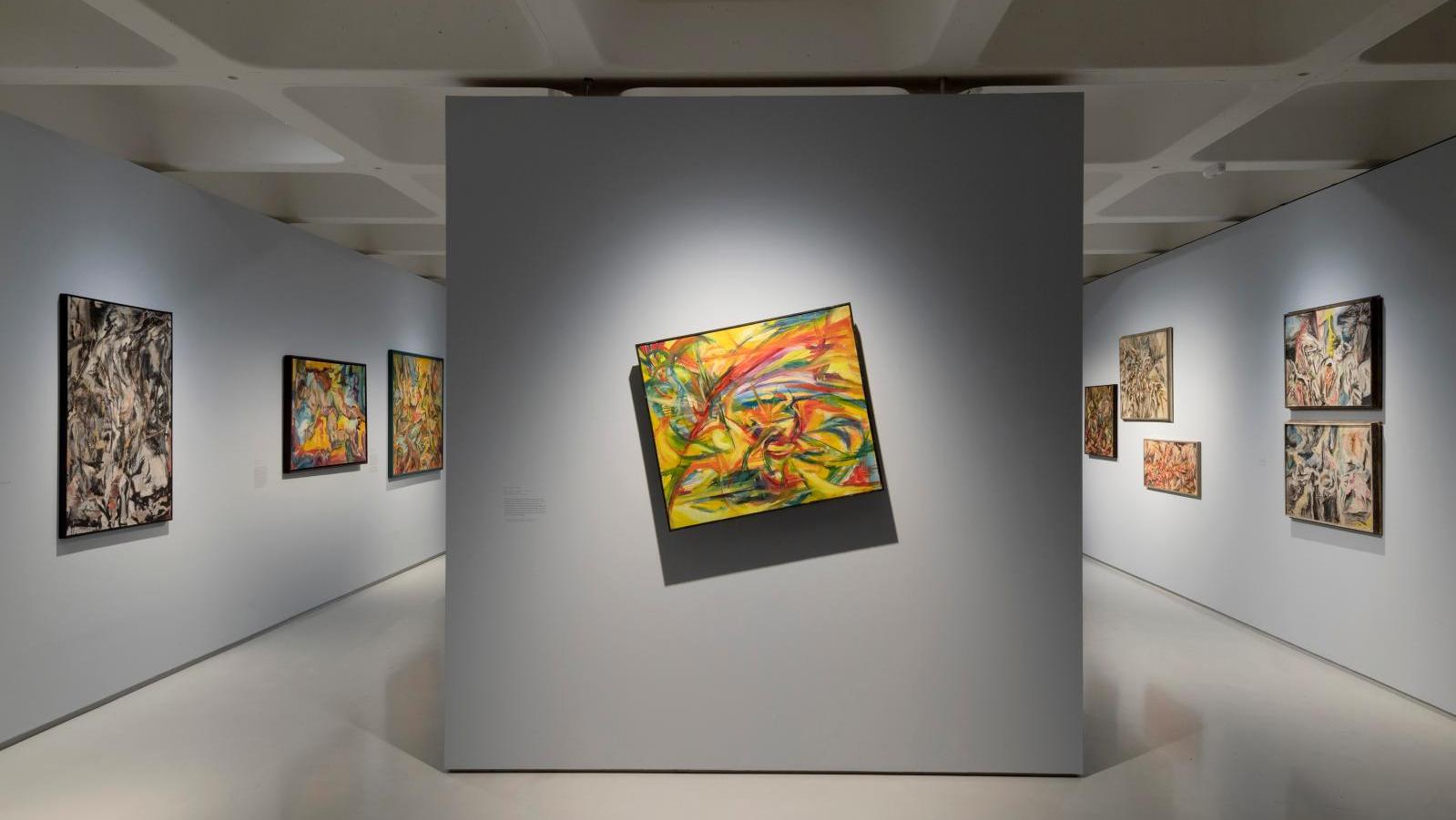For the first time in the UK, the Barbican Centre in London presents a groundbreaking survey exhibition of the American artist Carolee Schneemann (1939-2019).
“Carolee Schneemann: Body Politics”. Installation view Barbican Art Gallery, 2022.
© Marcus J Leith, Image courtesy of the Barbican Art Gallery
Carolee Schneemann cemented her rightful place in art history with her eponymous live performances of works such as Meat Joy (1964) and Interior Scroll (1975), but she maintained that she was first and foremost a painter. “I am a painter. I’m still a painter and I will die a painter.” This excellent retrospective curated by Lotte Johnson charts not only her career as the passionate feminist performer but also celebrates the painterly spirit that remained a constant throughout her vibrant and radical life. Featuring over 300 works across 15 rooms, and charting six decades of her career, this is an extensive and ambitious show that does not fail to impress.
Carolee Schneemann. Up to and Including Her Limits , 10 June 1976 Studio galerie, Berlin. Photograph by Henrik Gaard Carolee Schneemann Papers, Getty Research Institute,…
com.dsi.gazette.Article : 38899
This article is for subscribers only
You still have 85% left to read.
